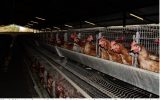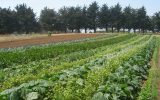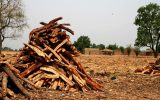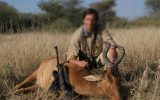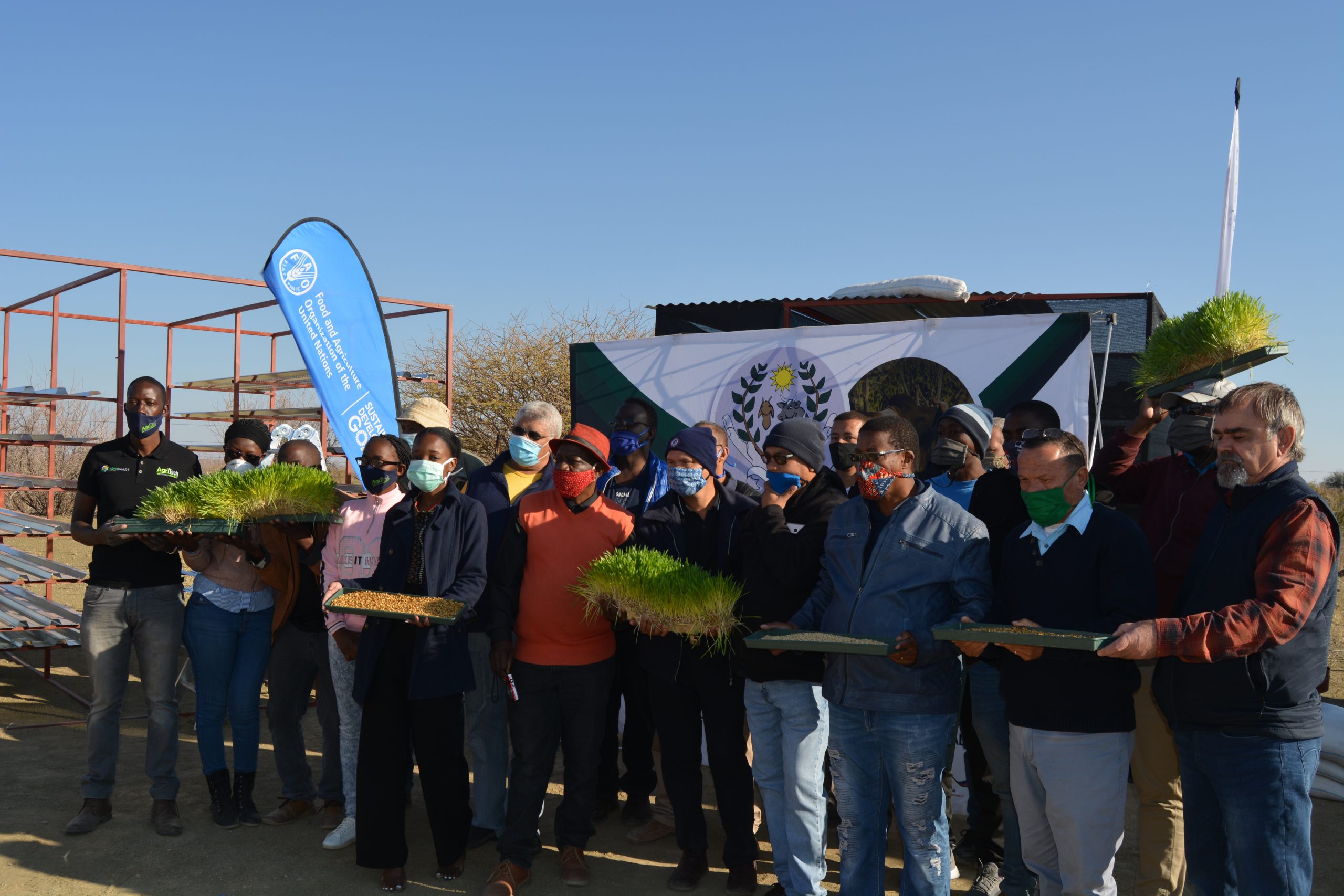In response to the request from the Government of Namibia, and with support from the United Nations (UN) Central Emergency Response Fund (CERF), the Food and Agriculture Organisation of the United Nations (FAO) has formulated a project under the auspices of the Ministry of Agriculture, Water and Forestry (MAWF) titled, Emergency Livelihood Support to Drought affected Communities in Namibia. This CERF funded project will assist livestock based livelihoods of drought-affected agro-pastoral communities through the provision of supplementary feeding by setting up hydroponic fodder production systems and veterinary supplies targeting the remaining core breeding herds/flocks for the targeted households. The targeted farmers will be identified by the Regional Councils with the support of MAWF extension services and Namibia National Farmers` Union (NNFU).
Initially, the original lifespan of the project was six months – running between the periods January 2020 to July 2020. But with the unprecedented turn of events due to the ongoing global COVID-19 pandemic, the project had to be extended by a further 3 months to October 2020. This was the first greenhouse structures for the hydroponic fodder production and veterinary supplies to beneficiaries in the Hardap and //Kharas region. The project targets household across seven regions namely: Omusati, Omaheke, Ohangwena, Kunene, Erongo, Hardap and //Kharas. FAO, in partnership with the Ministry of Agriculture, Water and Land Reform along with NNFU and its implementing partner Agritech, has availed 11 greenhouse fodder production structures (22 in total), 165 bags of 50 kg barley seeds per each region, cooler boxes and syringes. The vaccines and vitamin supplements for both cattle and small stock owned by the targeted beneficiaries within the Hardap and //Kharas regions will follow soon thereafter.
During the hand out ceremony, FAO representative Ms Farayi Zimudzi encouraged farmers to make every effort to sustain the production of fodder for the benefit of their livestock for many years to come. According to Ms Farayi, the project aims to approximately affect 84,500 large stock and 422,500 small stock equivalents as the project will provide veterinary supplies, drugs and vaccines to prevent and treat diseases such as Anthrax, Botulism, Blackleg, Pulpy Kidney, internal and external parasites that cause high mortality rates when livestock’s immune systems are weak. This livestock medicine will be distributed and administered by DAPEES under MAWLR which will also offer basic training to the beneficiaries on administering medicines and feeding livestock, with assistance from the Directorate of Veterinary Services (DVS).
Hardap regional governor, Mr Salomon April encouraged the community to reap optimal benefit from the project where they can and for as long as they can because it`s a temporary intervention. April also warned those entrusted with the tasks to spearhead the project to ensure due diligence in selecting beneficiaries. Deputy Director: Southern and Eastern region for MAWLR Mr.Ben Haraseb stated that the rain received this year, was not sufficient to allow the rangeland to recover as much and therefore the Hardap and //Kharas region are still experiencing shortage natural fodder. Haraseb urged farmers to utilise the structure to their maximum potential in the production of hydroponic fodder. Regional governor for //Kharas region, Ms Aletha Frederick said that the implementation of this project is quite significant especially to the Hardap and //Kharas region because they are known to have a desert climate with virtually no rainfall during the years in some parts of the regions. Ms Aletha believes that farmers in the two regions can now benefit immensely if they adopt to smart agricultural methods such as hydroponic.
NNFU representative Ms Patricia Gurubes emphasised that most people in the rural area often derive their income from agricultural activities such as livestock raising and crop farming. Patricia believes that meeting the farmers halfway or giving them a boost is of critical importance for their survival and overall growth.




